Optimal Timing for Awning Cleanings
Awning cleanings are most effective when performed during specific times of the year to maintain their appearance and longevity. Regular cleaning prevents the buildup of dirt, mold, and mildew, which can cause fabric deterioration and reduce the lifespan of the awning. Proper timing ensures that the fabric remains in optimal condition and that the awning continues to provide shade and aesthetic appeal.
Spring is an ideal time for awning cleanings to remove winter debris and prepare for outdoor use.
Cleaning before summer helps prevent mold growth and keeps the fabric looking fresh during peak usage.
Cleaning after the outdoor season ends helps remove accumulated dirt and extends the lifespan of the awning fabric.
Periodic cleanings during the season can address minor dirt buildup and maintain appearance.
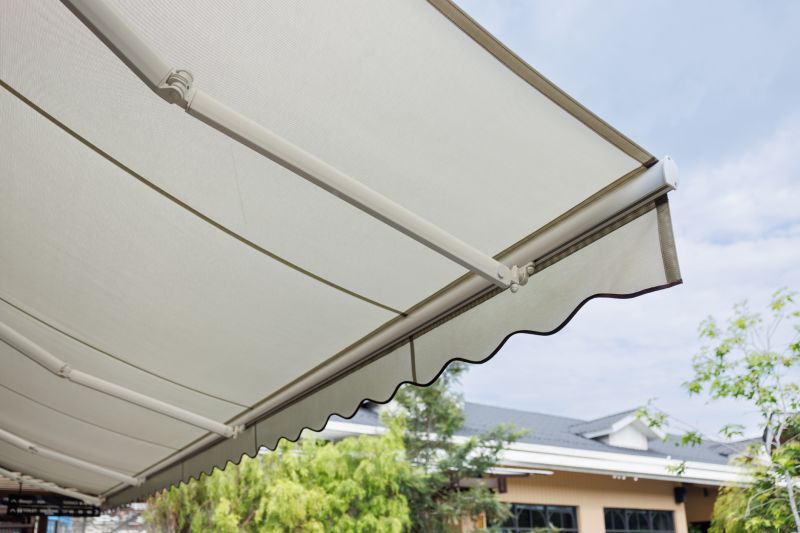
Ways to make Awning Cleanings work in tight or awkward layouts.
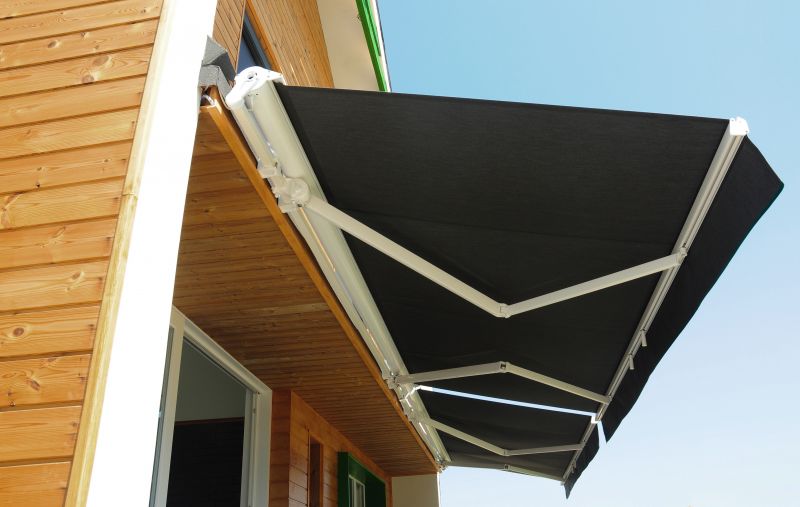
Popular materials for Awning Cleanings and why they hold up over time.

Simple add-ons that improve Awning Cleanings without blowing the budget.

High-end options that actually feel worth it for Awning Cleanings.
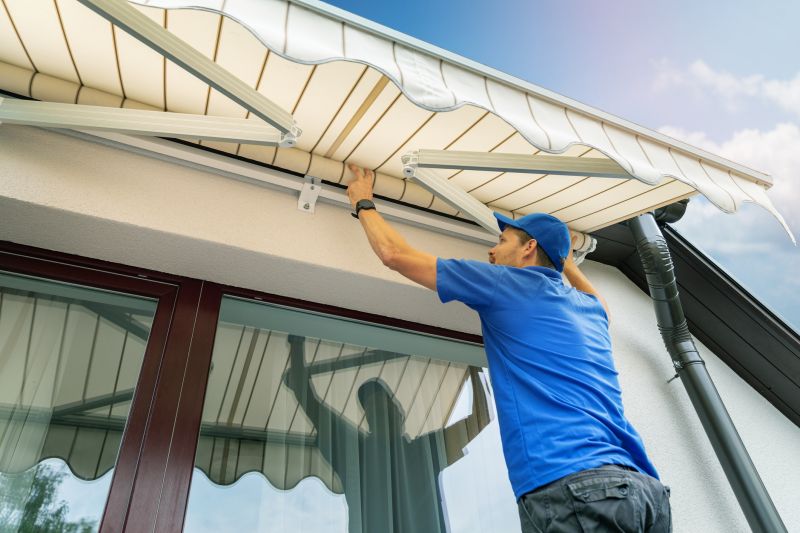
Finishes and colors that play nicely with Awning Cleanings.

Little measurements that prevent headaches on Awning Cleanings day.
Awning cleanings involve removing dirt, mold, mildew, and stains that can accumulate over time. Regular maintenance not only enhances the aesthetic appeal but also helps prevent fabric deterioration caused by prolonged exposure to environmental elements. Studies show that properly maintained awnings can last up to 50% longer than neglected ones, reducing replacement costs and preserving their functional and visual qualities.
Cleaning techniques typically include gentle washing with appropriate solutions, pressure cleaning, and inspections for damage. The timing of these cleanings is crucial; performing them at optimal intervals ensures the fabric remains durable and visually appealing. Neglecting regular cleanings can lead to increased wear, fabric fading, and potential structural issues.

A 60-second routine that keeps Awning Cleanings looking new.

A frequent mistake in Awning Cleanings and how to dodge it.
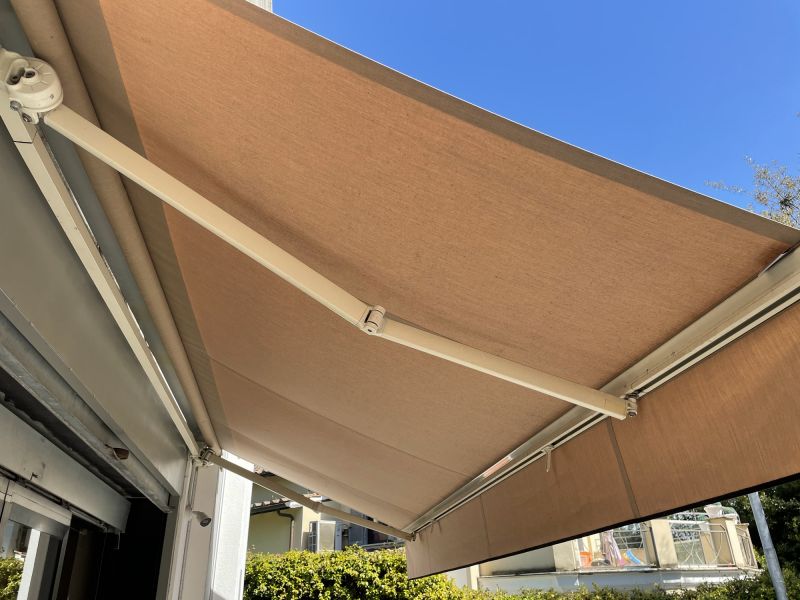
Small tweaks to make Awning Cleanings safer and easier to use.
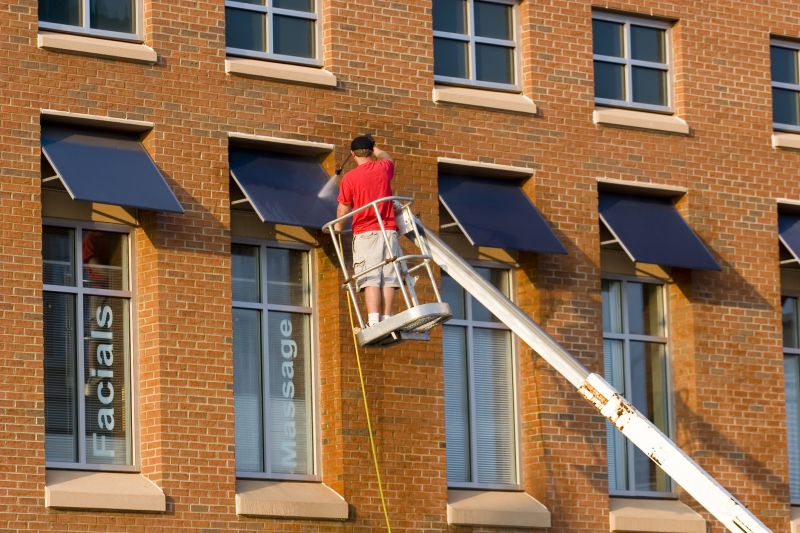
Lower-waste or water-saving choices for Awning Cleanings.
| Season/Timing | Recommended Cleaning Frequency |
|---|---|
| Spring | Before outdoor use begins, at least once |
| Pre-Summer | Once to prepare for peak season |
| Post-Season | After outdoor use ends, once |
| Mid-Season | Optional, depending on conditions |
| After Storms | As needed after heavy weather |
| Early Fall | Optional, to prepare for winter |
| Late Fall | Before winter storage, if applicable |
Timely awning cleanings help maintain their appearance and durability, ensuring continued performance and aesthetic appeal. Regular inspections and cleanings can prevent costly repairs and replacements, extending the lifespan of the fabric and structure.

The short, realistic tool list for quality Awning Cleanings.
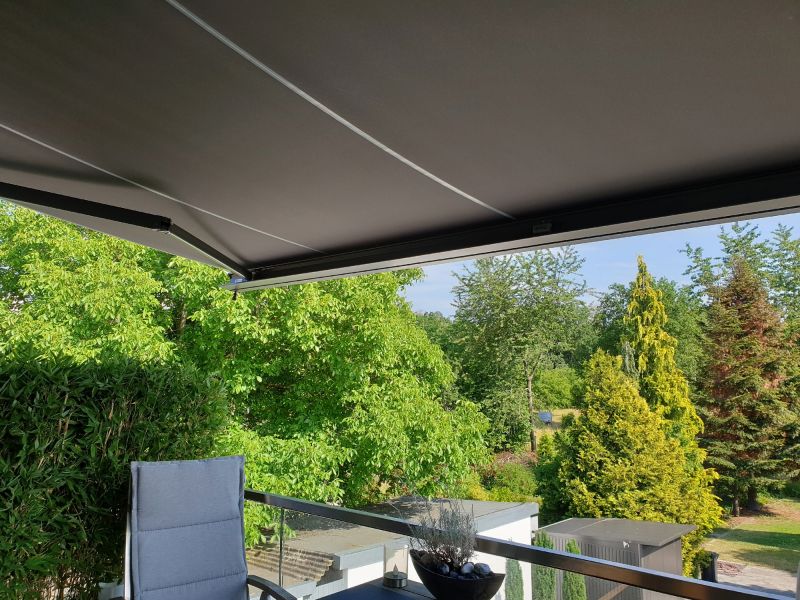
Rough timing from prep to clean-up for Awning Cleanings.
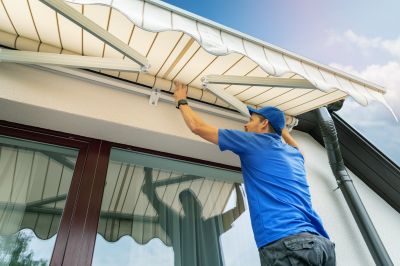
Quick checks and paperwork to keep after Awning Cleanings.
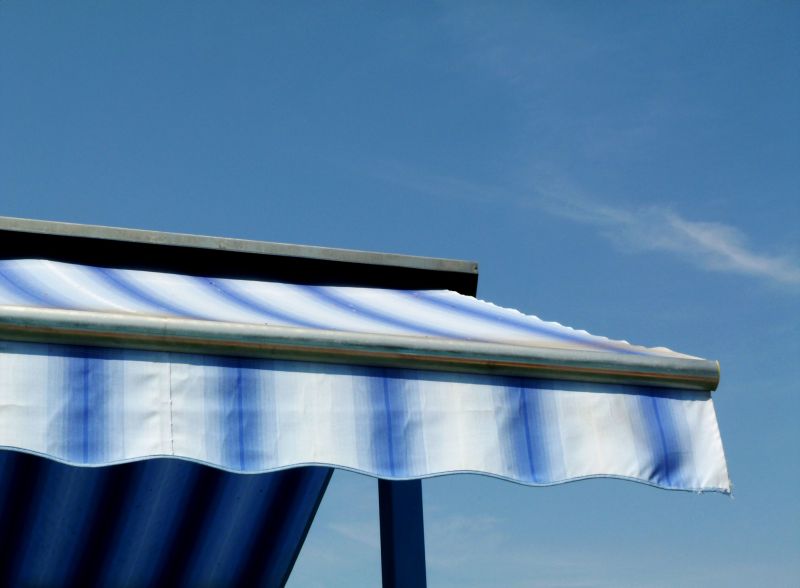
Examples that show the impact a good Awning Cleanings can make.
For those interested in maintaining the appearance and longevity of their awnings, scheduling regular cleanings at appropriate times is essential. Filling out the contact form can provide more information and assistance in planning effective awning maintenance routines.



